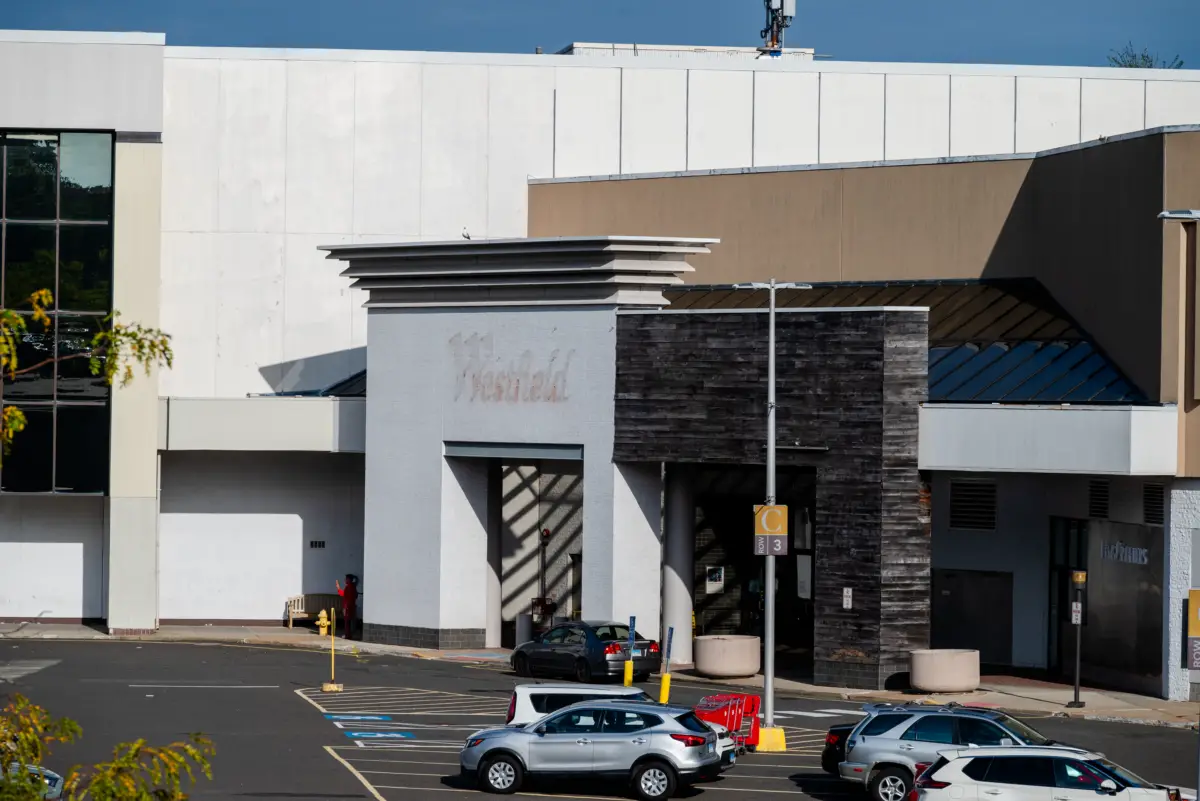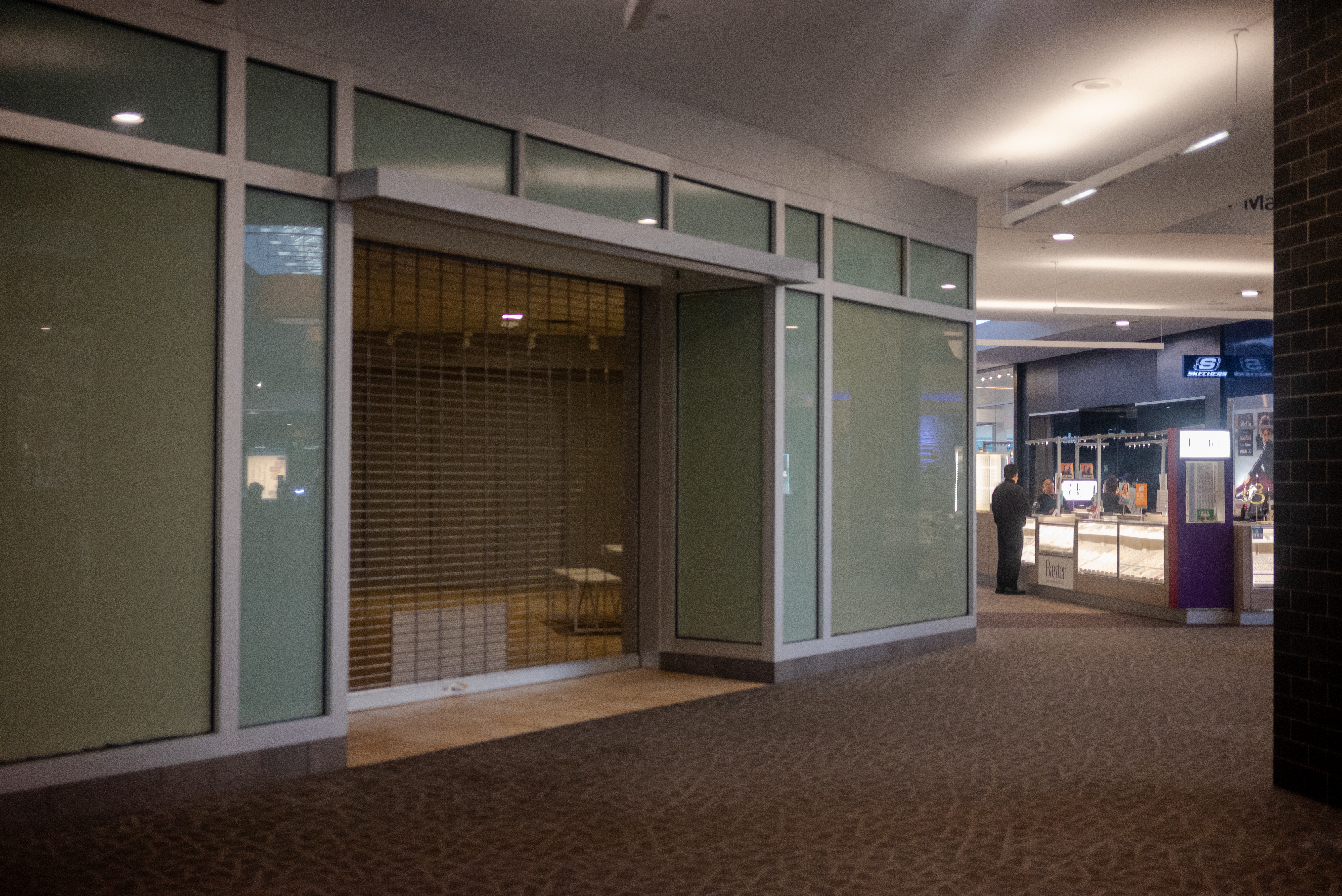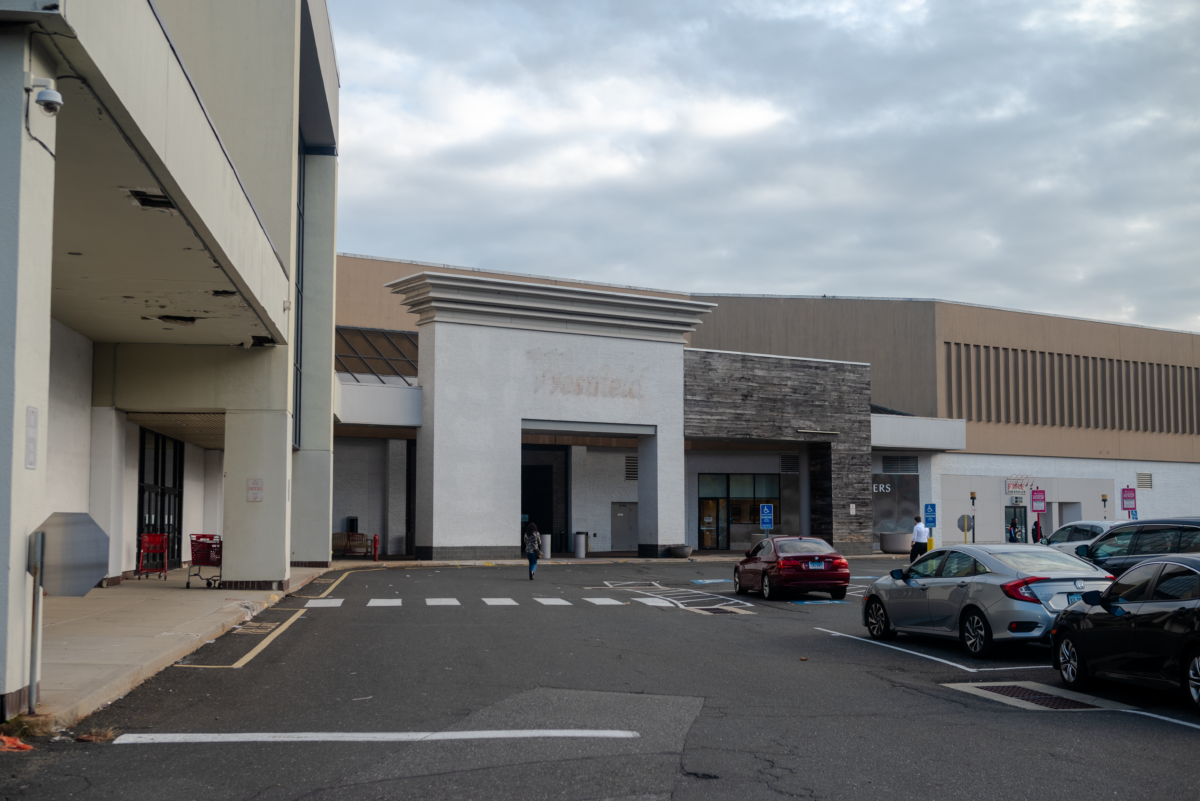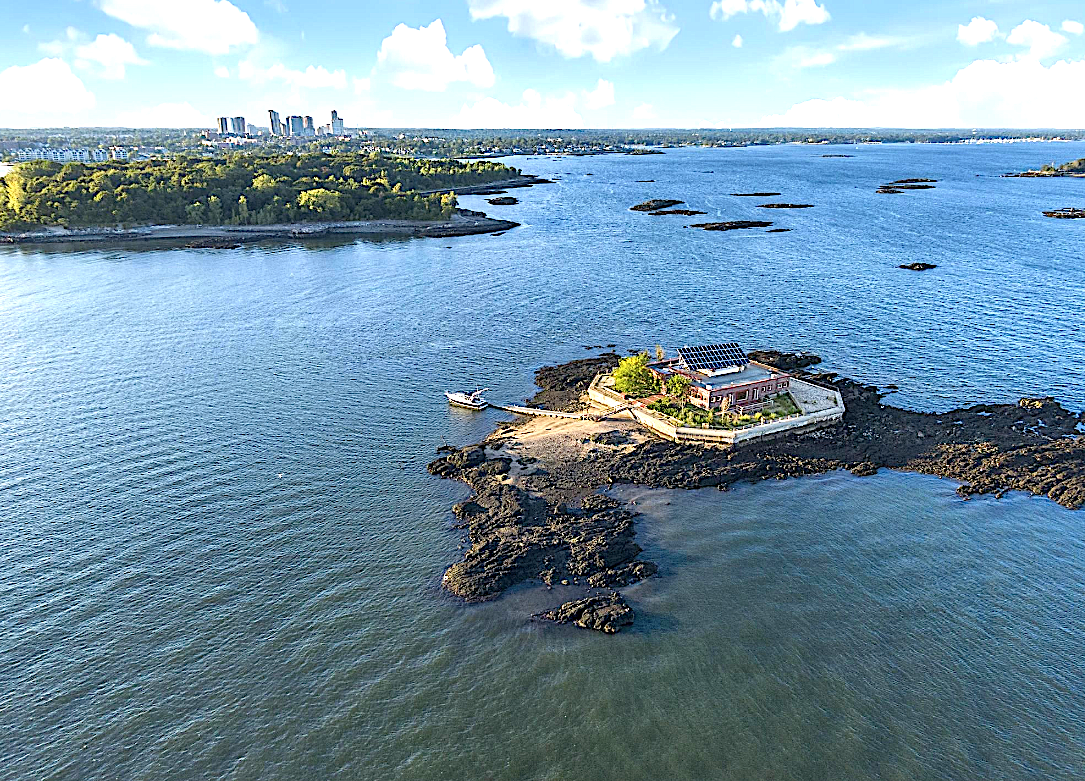
The future of the Trumbull Mall was the subject of discussion in a recent community meeting chaired by First Selectman Vicki Tesoro.
“The Trumbull Mall is the fabric of this community, and we all need to support it,” said Tesoro, noting it was both the town’s largest single employer and taxpayer. The mall’s position on the border with Bridgeport and along Trumbull’s Main Street also means it will play a key role in shaping the future of nearby businesses in the town’s economic core.
Rina Bakalar, the director of economic and community development for Trumbull, took the opportunity to address rumors circulating on social media.
“The mall is not closing,” Bakalar stressed. “While the mall has challenges, without question, it is still considered in the top tier of mall health. So, there is an opportunity and challenges that need to be addressed, but it is not closing. The other thing I want to address is it is not going to be bulldozed over to put up apartments.”
Bakalar said that while some market rate apartments were permitted to use a corner of the property, the only housing currently being considered is a potential senior housing facility.
Jeff Sauser, a senior associate and urban planner at Stantech, the urban design consultancy hired to advise on future uses for the site, explained preliminary findings on the mall’s potential future.


“We want to provide a path forward for property owners and tenants,” Sauser said, “to give people a vision to work towards, and get sense of what could get people excited to move to the mall and invest in it if they’re not already.”
Sauser emphasized that there was every reason to believe that the mall had real potential for future growth, regardless of the ultimate plans.
“When we talked to our mall market and retail market expert, he thinks about malls nationally falling into three tranches,” Sauser explained. “There’s the dying mall that we all hear about, and those are the ones that are just a shell of mall or already closed and need to be scraped and replaced with something different. And then there’s a level up from that, the struggling mall, and those may be able to support the building but it’s a real struggle and it doesn’t look much like a mall, unless you are able to fill it back up. People are starting to sell those off, they don’t have much of a future.”
“But then there are the top third of malls that can survive as a mall,” he added. “They’re doing well and have a future. Trumbull Mall fits squarely within that top tier. Walk around there every time I come here there’s always a lot of people walking around, lots of great stores. And as our expert said, it has the opportunity for much more.”
While Stantech is continuing to conduct research and surveys, including speaking to potential tenants and having the site examined by experts to assess improvements ranging from accessibility for the disabled to the environmental impact, Sauser managed expectations by pointing out the complexities of ownership in malls.
Presently the entire mall property is owned by New York based Namdar Realty Group, which purchased the site in 2022 from the French company Unibail-Rodamco-Westfield, which absorbed the property when it merged with the major mall operator Westfield in 2017.
However, individual structures and sections of the mall are owned by other companies. For instance, Target owns the building which contains their store, although it sits on what is now Namdar land. The terms of that agreement, as well as the other anchor stores such as JCPenney and Macy’s, gives them more control over the physical space than other tenants, but also impose limitations on what businesses Namdar can lease to. According to Sauser, terms of Target’s agreement, originally signed with a prior owner, give it veto power over the installation of a bowling alley within the mall.
Despite the complexities, Sauser explained that Stantech is developing plans for two distinct futures the Trumbull Mall could build towards.
The first path is the “21st Century Retail and Entertainment Destination” concept, emphasizing new stores and attractions.
“There is where we are really leaning into the finding that this is a very well-located retail market,” Sauser said. “There are already great retail assets here, so let’s get more and really help them reinforce each other. Maybe there’s a grocery, entertainment, and then support that with the right public spaces, the right gathering spaces, the right food and drink, to make this a local and regional retail destination.”
Alternatively, by incorporating features such as a hotel, senior housing, and more service-oriented spaces such as medical offices or facilities a “mixed-use commercial village” could be established, with a deeper emphasis on spaces for people to meet and congregate throughout the property.
After the presentation, many audience members in attendance weighed in with suggestions, ranging from public gardening spaces and community meeting rooms to new approaches to the building’s design and tenancy. Many also fondly recalled when the mall seemed more enmeshed with the community, including Bakalar who noted she was in a softball league where several teams consisted of employees from different mall stores.





















